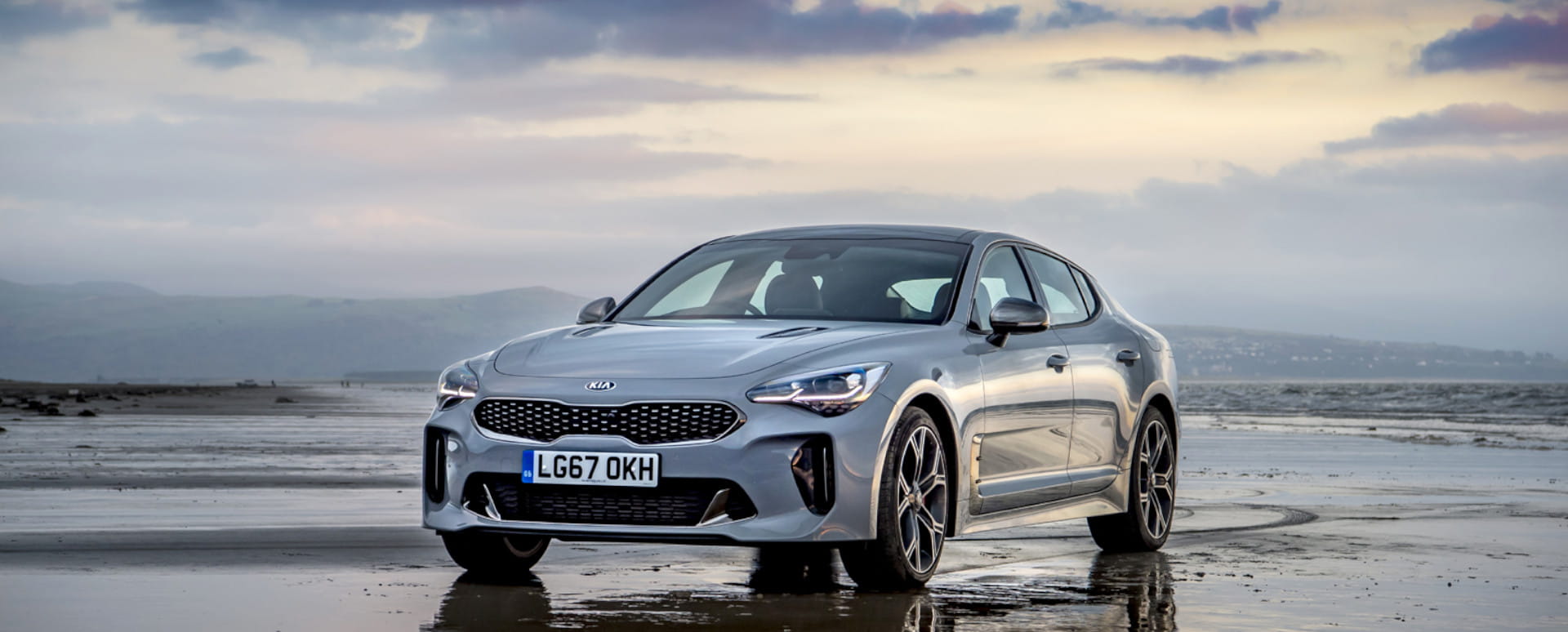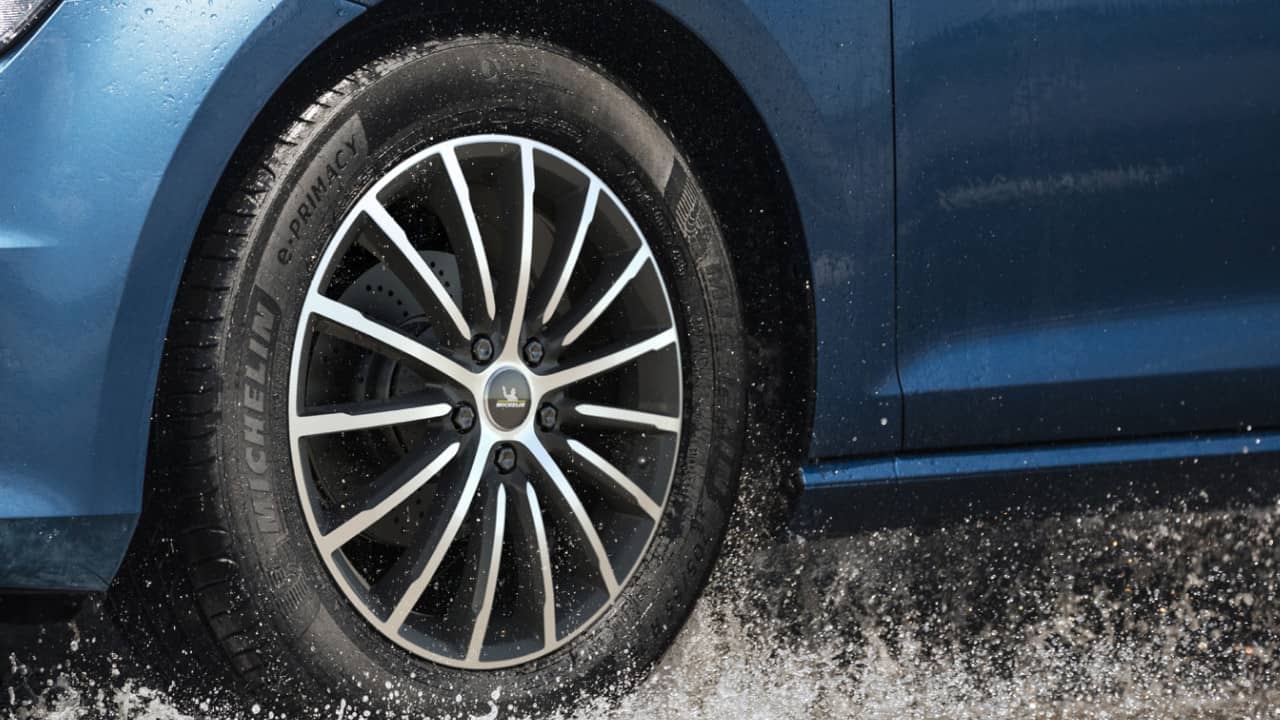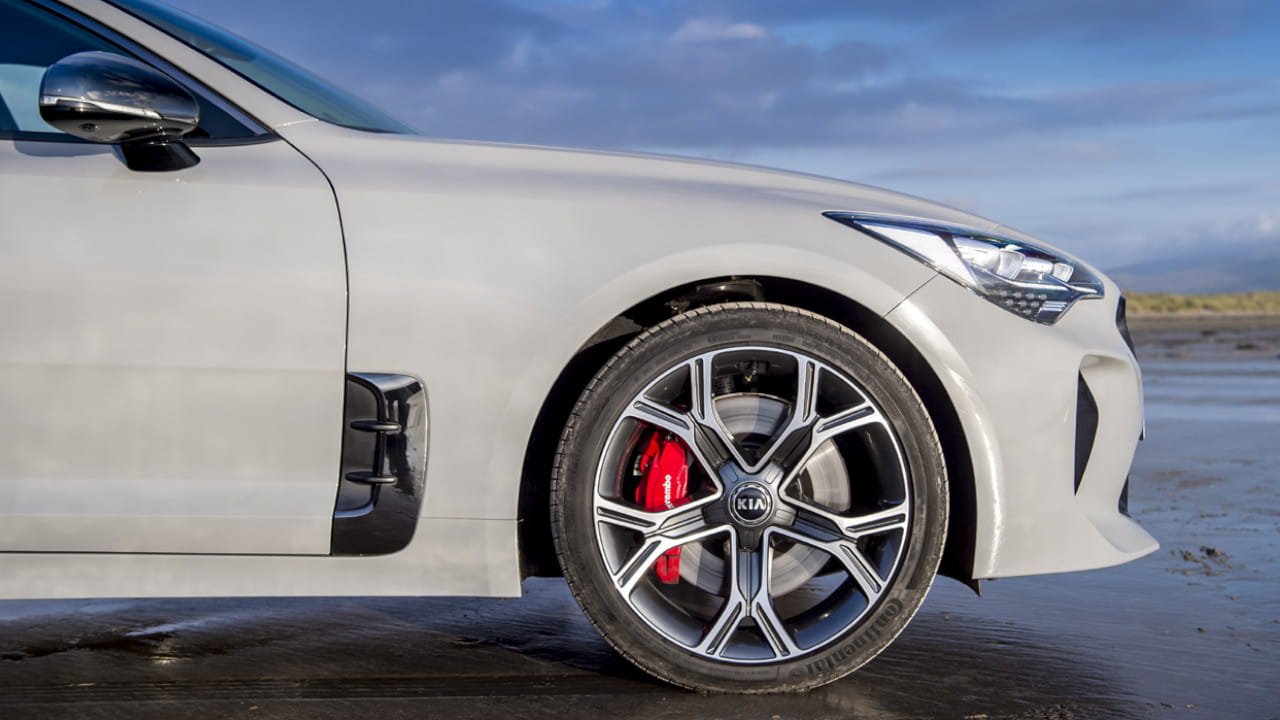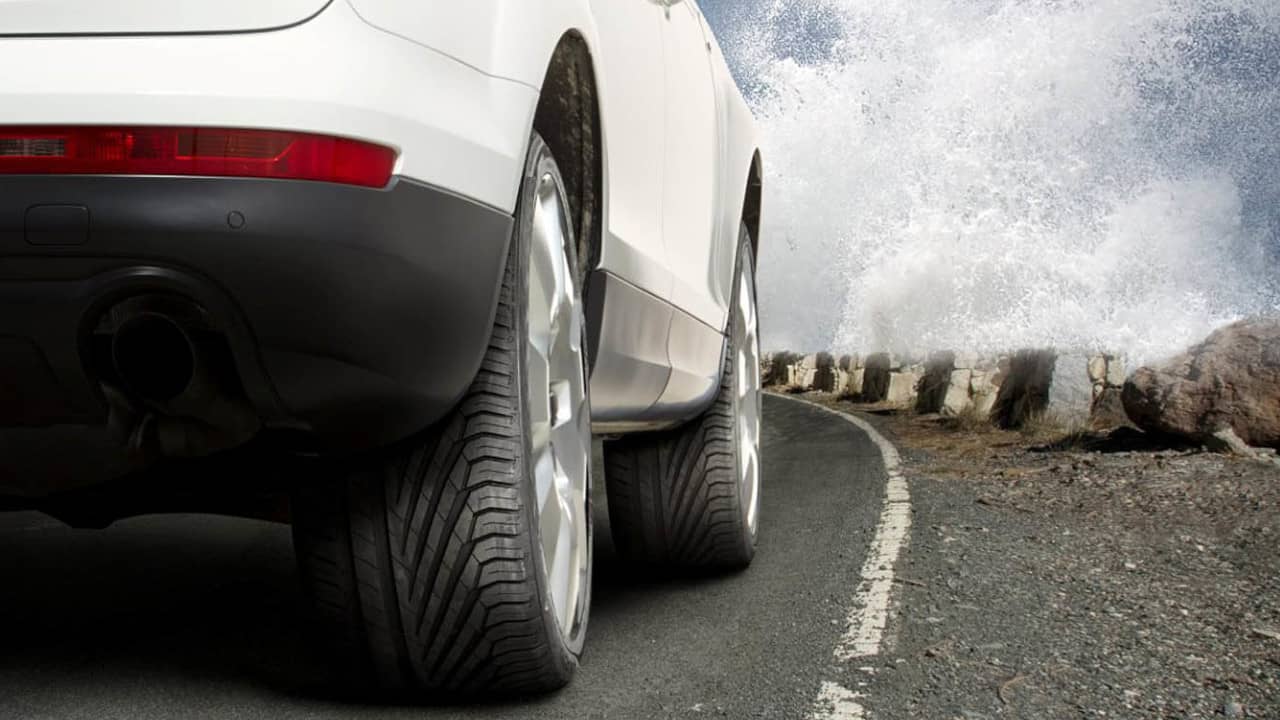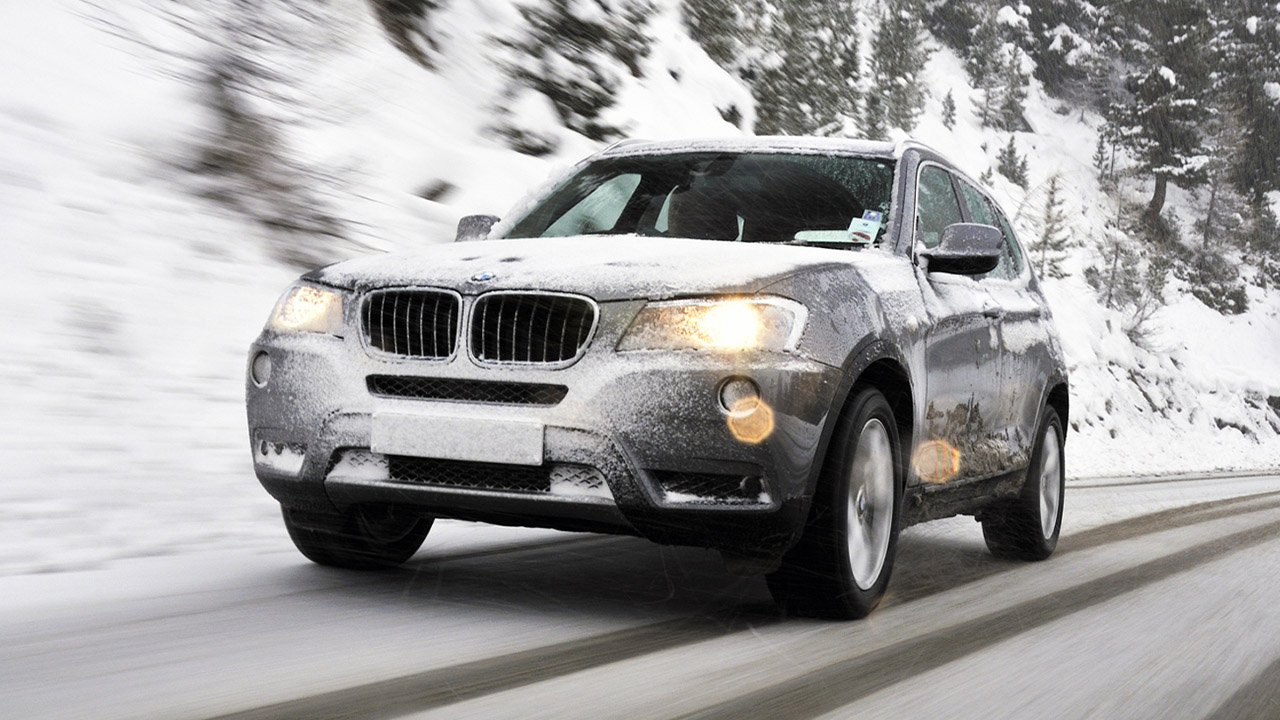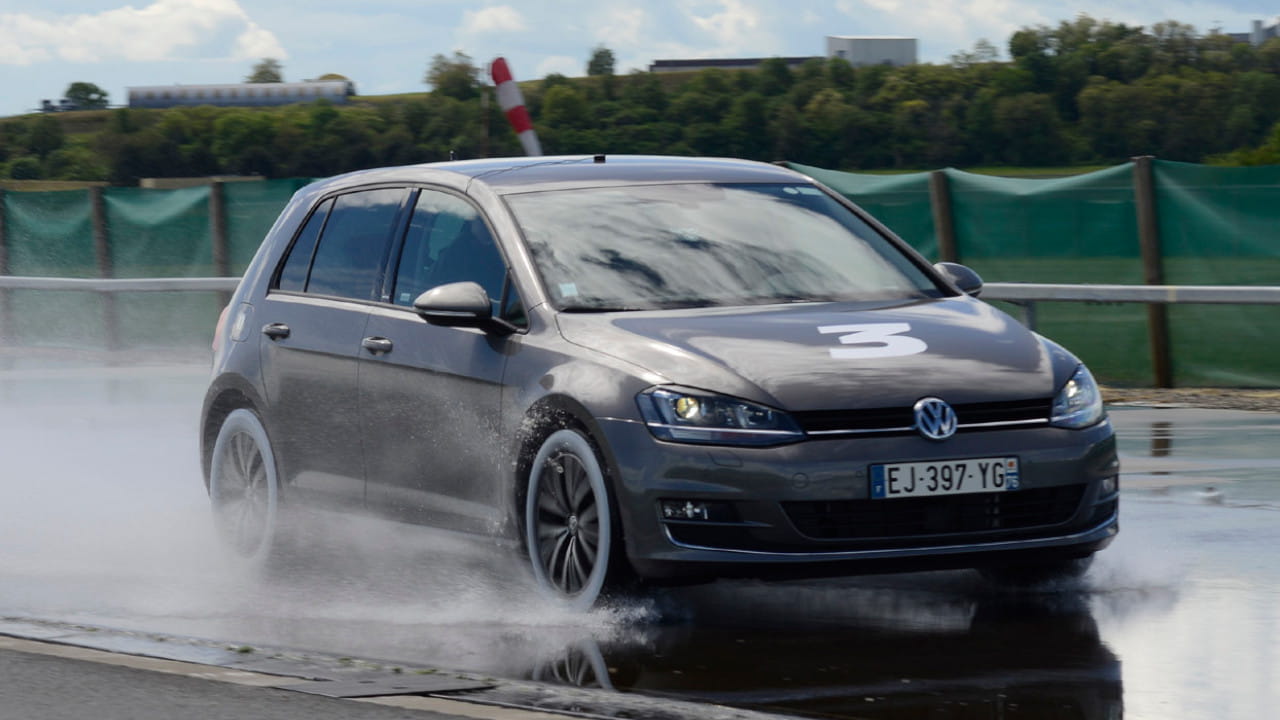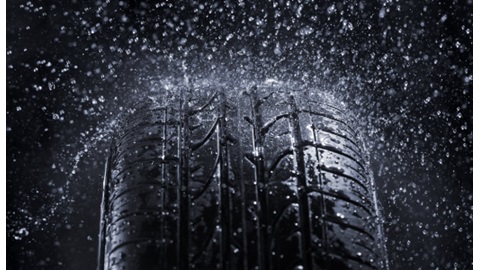What Tyres Are Best to Use in Winter?
11th Jan 2022
The four points connecting you to the road
When choosing tyres for your car, there are lots of different brands and types to choose from. But perhaps one of the best pieces of advice when thinking about tyres is remembering that they are the four points on a car that connect you to the road. Therefore, making sure you choose a quality set of tyres and the right type of tyre for the specific time of year can have huge benefits.
These include better grip, greater fuel economy and of course enhanced safety. In the UK, where the temperature can often delve below 7°C between October and March, you may have been considering winter or snow tyres.
Below we outline the differences regarding winter tyres and if they're the best tyres to use come the winter months.
The Development of Tyre Technology
Believe it or not, there's a lot of science involved in the creation of any type of quality tyre. You only have to watch a Formula 1 race to understand how different types of tyre are used depending on temperature and conditions, and how tyre choice can even make or break a race for some drivers.
Take tyre giants Michelin for example. They have dedicated facilities dotted all over the the world that allow them to thoroughly test their tyres and how they respond in differing conditions. This allows Michelin to create tyres for all types of vehicles that are ideal for the multiple types of weather experienced the world over.
Without boring you until the end of time, the differences between summer and winter tyres that you need to know about boils down to two factors, which we will go into more detail below.
Rubber compound
Summer tyres struggle to perform to the best of their ability when the temperature drops below 7°C. This is because the compound hardens and therefore does not offer as much grip. Hence why above this temperature, they will offer more grip as the compound will be softer.
It's also the reason why winter tyres have more natural rubber, which prevents them from hardening. Essentially, a more flexible tyre that hasn't hardened can better grip onto the road, as more rubber is in contact with the road surface.
It perhaps comes as no surprise that more tread on a tyre means it will grip better. However, this is not necessarily the case when temperatures rise, hence summer tyres being the better option during hotter months, due to their shallower tread depth pattern.
Tread pattern
Winter tyres have much deeper tread patterns compared to their Summer counterparts. This may sound counter-intuitive, but the deeper tread is designed to trap snow, and that's because nothing grips onto snow better than snow itself. The tread itself has a different groove design, which is designed to be more effective at dispersing water too.
In summer, tyres still feature a nice amount of tread, it's just not as deep as winter tyres as the lesser tread becomes sticky with heat, allowing for enhanced grip. This is why racing cars use slick tyres in hotter climates as the rubber becomes ultra sticky, so thick tread is not needed. Of course, you cannot use slick tyres on the road but as mentioned summer tread is a lot less deep than winter tread.
What About Snow Tyres?
As the name suggests, snow tyres have been designed to be effective when there's snow on the ground. The main difference between snow tyres and winter tyres is that small spikes protrude from the tread on the snow tyres, which helps to maximise grip on thick snow and ice.
The reason why you should only use snow tyres in these circumstances is that the studs damage the road surface of the tarmac in warmer conditions. In fact, some regions have laws governing the use of snow tyres, limiting their use to certain months of the year.
Snow tyres are usually too extreme for the average motorist, and should only be reserved for those who live in conditions that experience frequent and heavy snow during the winter months, such as farmers in the highlands and in countries like Sweden where snowfall is heavy.
Fitting Winter Tyres
Ideally winter tyres should be fitted when the average temperature is regularly below 7°C. This is most common between the months of October and March in the UK.
Interestingly, in Germany, winter tyres are a legal requirement usually between October and April. The UK does not have any law stating you must use winter tyres, but if you live on higher ground where enhanced grip is needed come winter, then specialist winter tyres can make life a whole lot easier.
Winter tyres can also be really useful in dealing with even the smallest of inclines, which feature on many UK housing estates and the like, so winter tyres could mean getting stuck is less likely.
Tyres at Evans Halshaw
All Evans Halshaw dealerships are able to supply and fit Winter tyres for your vehicle, regardless of make and model. Contact your local Evans Halshaw retailer for pricing and information on the best winter tyres for your vehicle today.

